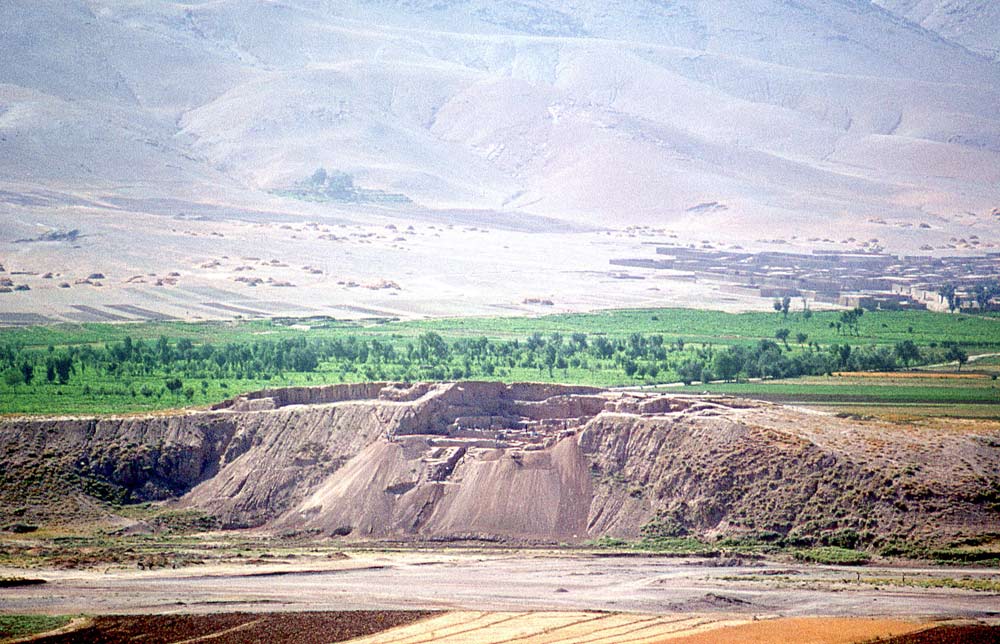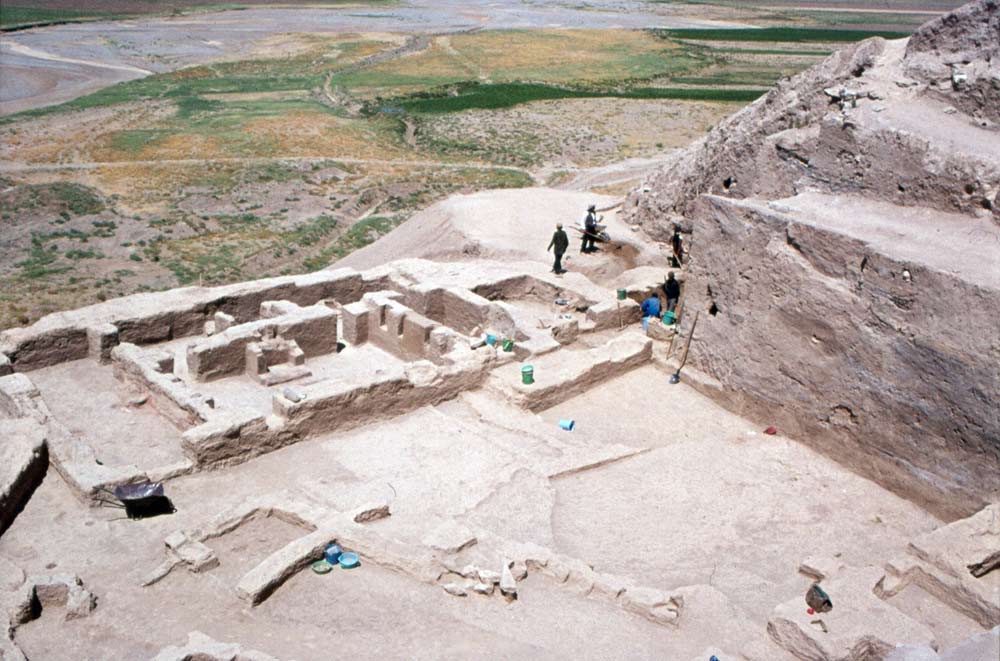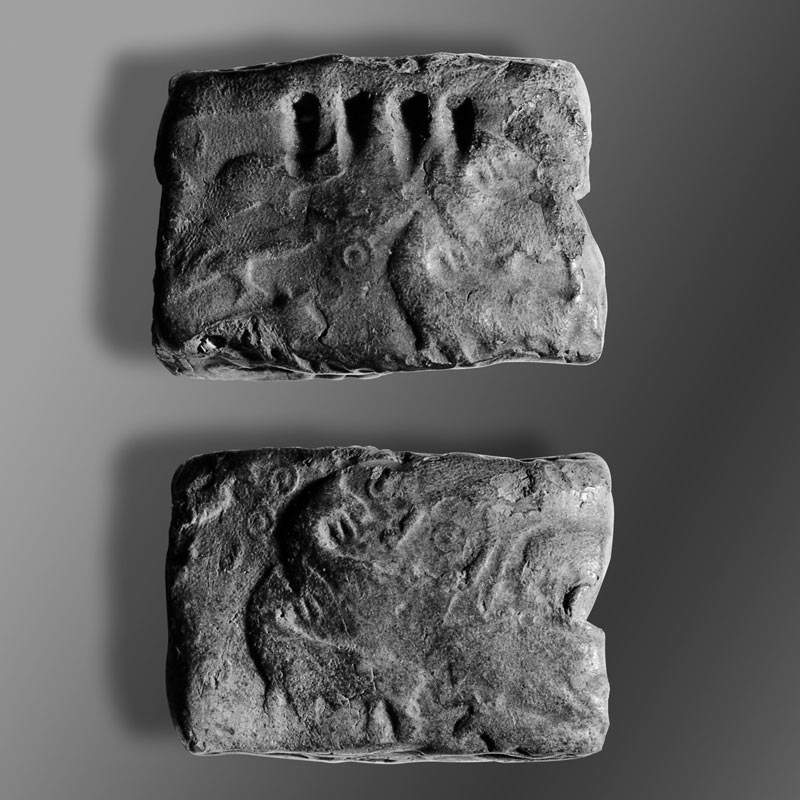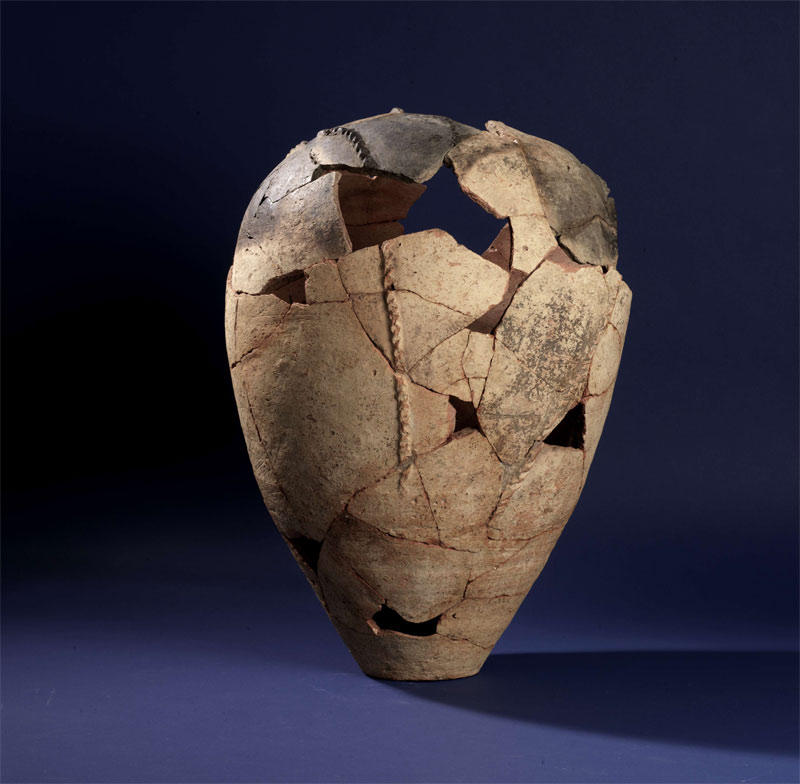In Photos: A Walk Through an Ancient 'Takeout' Joint
Mountainous Discovery

Before excavation, Godin Tepe, an archaeological site in western Iran, looked like a massive human-made mound. Turns out, the site has a history stretching back into prehistoric times. It was excavated by T. Cuyler Young Jr. in the 1960s and 1970s. Cuyler Young passed away in 2006 and was unable to fully publish his work before he died. Recently a team of researchers completed the task with more research on the site, which is detailed in the book "On the High Road: The History of Godin Tepe" (Hilary Gopnik and Mitchell Rothman, Mazda Publishers, 2011). Among the discoveries discussed are two windows, a find very rare in the Middle East, which may have been used for "takeout."
Prehistoric Takeout

About 5,200 years ago, a mud-brick oval enclosure was built at Godin Tepe. The main building (pictured here) had two windows that may have been used for "takeout."
Bullets With Your Burger?

Behind one of the takeout windows at Godin Tepe, archaeologists found more than 1,700 clay sling bullets that could have been used for hunting and/or warfare. It's possible that they were distributed through the windows along with food.
Takeout Tablets

More than two dozen tablets (like the one shown here, front and reverse) were found at Godin Tepe. They appear to have been used for record keeping. Some of the tablets were found in the same building as the "takeout" windows.
'Fast Food' Bowls

The simple, mass produced, vessel shown here is called a beveled rimmed bowl. Archaeologists have found them at Godin Tepe and at sites throughout the Middle East. Created more than 5,000 years ago, scholars debate what they were used for. Those found at Godin may have been used for grain, although one opinion is that they could have been used for water.
Beveled Bowls

A picture of several of the beveled rimmed bowls found at Godin Tepe. Easy to make, they were produced in large numbers throughout the Middle East.
Wine Origins

The inhabitants of Godin Tepe engaged in wine production more than 5,000 years ago. Recent archaeological research suggests that wine originated in the Caucasus (a region at the border of Europe and Asia, which includes the Caucasus Mountains), and the technology to make it may have been brought to Godin by people from that region. The vessel pictured here has traces of the beverage it contained.
Get the world’s most fascinating discoveries delivered straight to your inbox.



